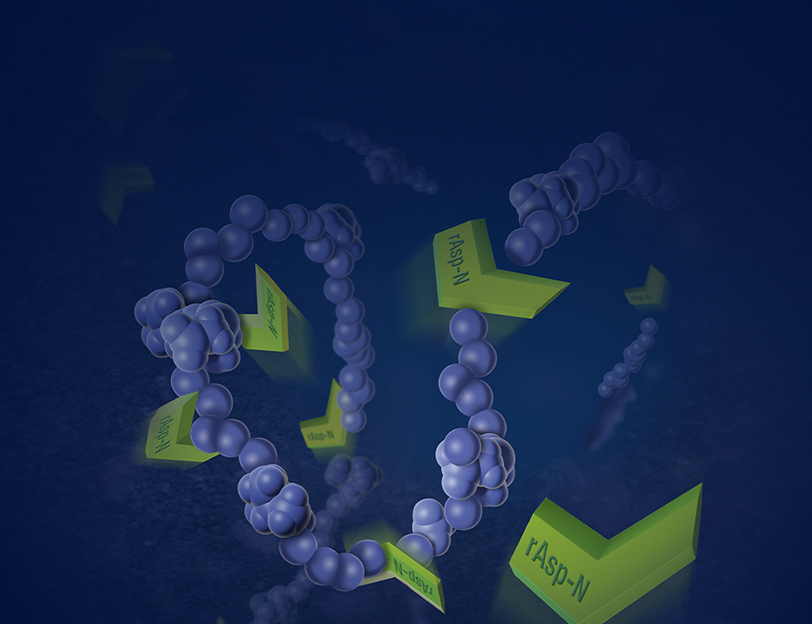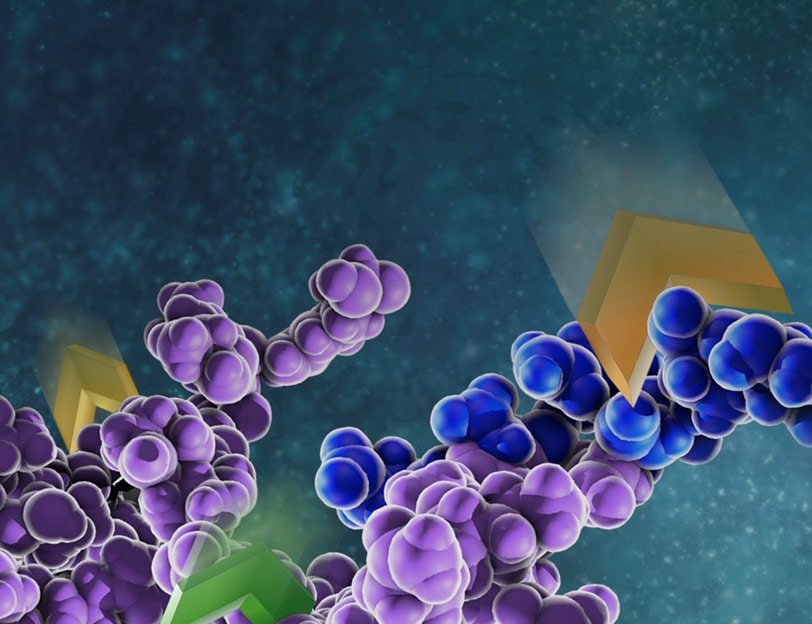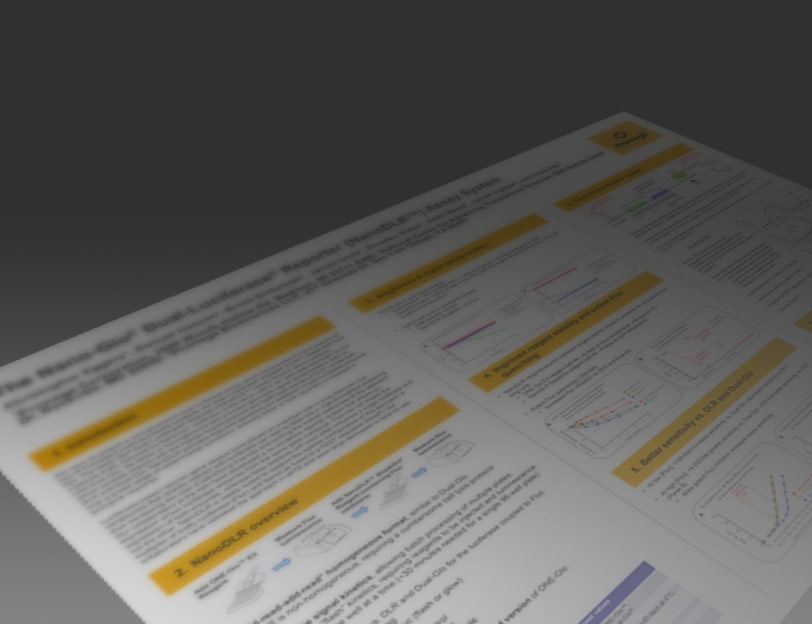Unveiling the Effects of Psychedelics: Insights from Human Pluripotent Stem Cell Models
Kendra Hanslik, Promega Corporation
Publication date: June 2024
Introduction
Dimethyltryptamines, including 5-methoxy-N,N-dimethyltryptamine (5-MeO-DMT) and psilocybin (the prodrug of psilocin), have long been recognized for their psychoactive properties, playing a central role in traditional Amerindian medicine. 5-MeO-DMT, found in the secretions of the Bufo alvarius toad and certain plant species, is often used in ceremonial rituals to induce profound mystical experiences and deep spiritual insight. Indigenous peoples, such as those in the Amazon basin, traditionally use snuff powders made from yopo beans, which contain 5-MeO-DMT, to connect with spiritual realms, seek guidance, and facilitate healing (Ermakova et al., 2022). Psilocin, on the other hand, is the active compound in psilocybin mushrooms and has been used by indigenous tribes in Mexico and Central America, such as the Mazatecs, in sacred rituals known as "veladas." These ceremonies involve consuming psilocybin mushrooms to communicate with deities, diagnose illnesses, and access enhanced states of consciousness. The use of these psychedelics is deeply embedded in the cultural and spiritual fabric of these societies, reflecting a sophisticated understanding of their psychoactive properties and their potential to foster psychological and communal well-being.
Contemporary research has begun to unravel the capabilities of these psychoactive compounds for inducing cognitive gains, antidepressant effects, and significant neuroplastic changes within the brain (Reckweg et al,. 2023; Shao et al., 2021). However, legal hurdles regarding psychedelic research have historically impeded a thorough understanding of their mechanisms of action. Since many psychedelics are currently classified as Schedule I drugs under the Controlled Substances Act, academic researchers must go through an extensive process to obtain approval and material from regulated facilities to conduct research on these compounds, slowing progress (Marks & Cohen, 2021). Until recently, scientists also lacked suitable experimental models such as human induced pluripotent stem cells (iPSCs) and organoids, enabling a variety of experimental set-ups and providing models that are better exemplars of the human brain.
In this article, we highlight work from Dakic et al., which contributes to psychedelic research by investigating the proteomic shifts induced by 5-MeO-DMT in human cerebral organoids (Dakic et al., 2017). The Rehen lab in collaboration with Promega scientists continues to build on this narrative by observing the proteomic shifts that occur in TNF-α stimulated human iPSC-derived astrocytes exposed to psilocin. Together, these findings enable researchers to gain deeper insights into the pharmacology of these compounds, paving the way for the development of safe and effective psychedelic-based therapies.
Proteomic Changes Induced by 5-MeO-DMT and Psilocin Administration
To measure how 5-MeO-DMT administration changes the cerebral organoid’s proteome, Dakic and colleagues first verified that they were working with the appropriate experimental model. They validated that their 45-day-old cerebral organoids expressed 5-MeO-DMT serotonin receptors and replicated in vivo neural circuitry akin to a human neuronal network and then explored proteomic changes induced by 5-MeO-DMT (Dakic et al., 2017). By examining the proteomes of treated and untreated cerebral organoids, changes in the expression of numerous proteins could be evaluated without bias. Following a 24-hour treatment with 5-MeO-DMT, 934 out of 6,728 proteins showed differential expression in the cerebral organoids. Of the 934 proteins differentially expressed, 360 were downregulated and 574 were upregulated when comparing the 5-MeO-DMT and control groups (Dakic et al., 2017). The differentially expressed proteins identified are intricately linked to anti-inflammatory actions, long-term potentiation, dendritic spine formation, and crucial aspects of cellular architecture, including microtubule dynamics and cytoskeletal reorganization. Overall, the proteomic results revealed that 5-MeO-DMT likely promotes the formation of structures important for brain function, such as dendritic spines and the cytoskeleton, while mildly boosting immune cell differentiation. Conversely, 5-MeO-DMT seems to inhibit processes associated with neurodegeneration and cell death, suggesting potential protective effects on brain health. Such molecular alterations indicate that 5-MeO-DMT could foster an environment conducive to neural plasticity and resilience, potentially counteracting the pathological processes underlying various neurological disorders.
Building on the findings in Dakic et al., Stevens Rehen, a research fellow at Promega, in collaboration with Mike Rosenblatt, a Senior Research Scientist and Group Leader (MS Reagents) at Promega, explored how TNF-α stimulated human iPSC-derived astrocytes responded to psilocin treatment (Dakic et al., 2017). Similar to 5-MeO-DMT administration, psilocin modulates the synthesis of proteins from human astrocytes stimulated with TNF-α (Figure 1). This experimental approach enabled the team to observe how psilocin treatment impacts human iPSC-derived astrocytes exposed to TNF-α, a pro-inflammatory cytokine that promotes an inflammatory response. Shifts in protein expression from TNF-α stimulated astrocyte cell lysates treated with psilocin were quantified by mass spectrometry using a Thermo Scientific Orbitrap Exploris 240 mass spectrometer. Before mass spec analysis, proteins in the cell lysate samples were digested with Trypsin/Lys-C Mix, which is optimal for mass-spec based quantification of proteins.
The mass spec data revealed that psilocin treatment reduced proteins associated with inflammation and oxidative stress including β-2-microglobulin (B2M) and superoxide dismutase 2 (SOD2) (Figure 1). These proteins are typically increased during inflammatory disorders and neurodegenerative diseases such as Alzheimer's disease (Huang et al., 2023). Additionally, KIF20B, a kinesin-related protein elevated in autoimmune disorders such as neuropsychiatric systemic lupus erythematosus, had a decrease in its expression under psilocin treatment (Krustev et al., 2024)(Figure 1). Taken together, these alterations in protein expression suggest that psilocin may play a role in attenuating the inflammatory response often exacerbated by TNF-α, contributing to a more controlled immune environment within the brain. Furthermore, these preliminary results underscore the therapeutic potential of psilocin in managing neuroinflammatory and neurodegenerative diseases by modulating key proteins that aggravate these conditions. In culture, astrocytes treated with psilocin respond more favorably to inflammatory stimuli, highlighting its promise not only as a tool for basic research but potentially as a therapeutic agent (unpublished data). This insight into psilocin’s mechanism adds a valuable layer to our understanding of how psychedelics could influence mental health, particularly in disorders characterized by heightened inflammation and oxidative stress.


Charting the Future of Psychedelic Research
The therapeutic potential of psychedelics such as 5-MeO-DMT and psilocybin is drawing increasing attention in the scientific community, promising a new frontier in the treatment of multiple medical conditions. Historically used in traditional Amerindian medicine for their profound psychoactive effects, these compounds are now being rigorously studied to understand their underlying mechanisms and clinical benefits. The results discussed here contribute to this effort suggesting that 5-MeO-DMT and psilocybin can significantly alter protein expression to foster an environment conducive to neural resilience and repair, further conveying these compounds’ beneficial impact.
Recent advancements in research methodologies, such as the use of human pluripotent stem cell (PSC) models and organoids, have strengthened the investigation of the neurobiological effects of psychedelics. While pluripotent stem cells can differentiate into various types of neural cells, cerebral organoids mimic the brain’s 3D structure and functional complexity. Implementing both models enables the thorough identification and validation of targets, beginning with screening in cells engineered to overexpress specific receptors and then using PSC-derived models including organoids to explore complex cell interactions and responses (Salerno & Rehen, 2024). This integrative approach helps overcome common issues with PSC models, such as reproducibility, incomplete cell development, and maturation challenges. It also allows researchers to investigate the precise molecular and cellular mechanisms by which psychedelics exert their effects. Additionally, cerebral organoids enable high-throughput screening and the study of drug interactions in a controlled, human-relevant context, accelerating the translation of laboratory findings into clinical applications. By offering a more nuanced understanding of how these substances interact with the complex molecular networks of the human brain, researchers can uncover novel therapeutic strategies that harness the inherent plasticity of neural systems. Thus, the use of PSC models and organoids represents a significant step forward in the development of effective, safe, and personalized psychedelic therapies.
Read this article to uncover more advantages for using human pluripotent stem cells as a translational tool for in vitro psychedelic research.
Find the full publication discussed in this article available open access at https://www.nature.com/articles/s41598-017-12779-5.
Citations
Dakic, V. et al. (2017) Short term changes in the proteome of human cerebral organoids induced by 5-MeO-DMT. Scientific Reports. 7(1), 12863.
Ermakova, A. O. et al. (2022) A narrative synthesis of research with 5-MeO-DMT. Journal of Psychopharmacology. 36(3), 273-294.
Huang, Y. M. et al. (2023) Plasma β2-microglobulin and cerebrospinal fluid biomarkers of Alzheimer’s disease pathology in cognitively intact older adults: the CABLE study. Alzheimer’s Research & Therapy. 15(1), 69.
Krustev, E. et al. (2024) Anti-KIF20B autoantibodies are associated with cranial neuropathy in systemic lupus erythematosus. Lupus Science & Medicine. 11(1), e001139.
Marks, M. and Cohen, I. G. (2021) Psychedlic therapy: a roadmap for wider acceptance and utilization. Nature Medicine. 27(10), 1669-1671.
Reckweg, J. T. et al. (2023) A phase 1/2 trial to assess safety and efficacy of a vaporized 5-methoxy-N,N-dimethyltryptamine formulation (GH001) in patients with treatment-resistant depression. Frontiers in Psychiatry. 14, 1133414.
Salerno, J.A. and Rehen, S. (2024) Human pluripotent stem cells as a translational toolkit in psychedelic research in vitro. iScience. 27(5), 109631.
Shao, L. X. et al. (2021) Psilocybin induces rapid and persistent growth of dendritic spines in frontal cortex in vivo. Neuron. 109(16), 2535-2533.
Learn More
Interested in performing your own proteomics analysis? View the entire Mass Spectrometry product portfolio to support your needs.
Related Resources

Faster Mass Spec: Same-Day Sample Prep Now a Reality
What if you could shorten digestion times to ~30 minutes, without denaturants or reductants/alkylating agents? Watch this webinar to learn how.
Improved Protein Digestion
Learn more about sequencing grade endoproteinases Chymotrypsin and Lys-C in this technical article
Enhanced Protein Mass Spectrometry Analysis with Trypsin/Lys-C Mix Scientific Poster
Learn more about the Trypsin/Lys-C Mix